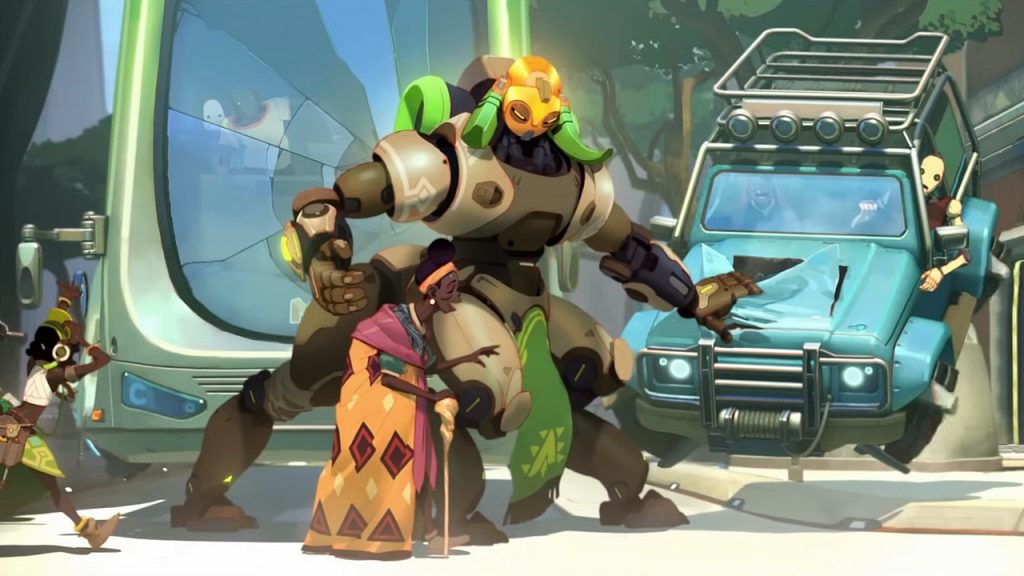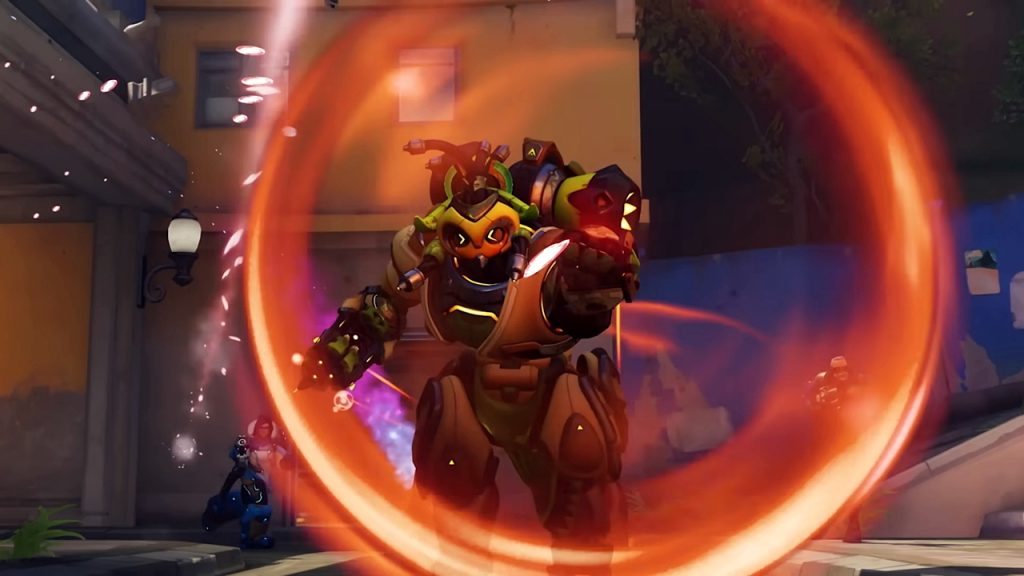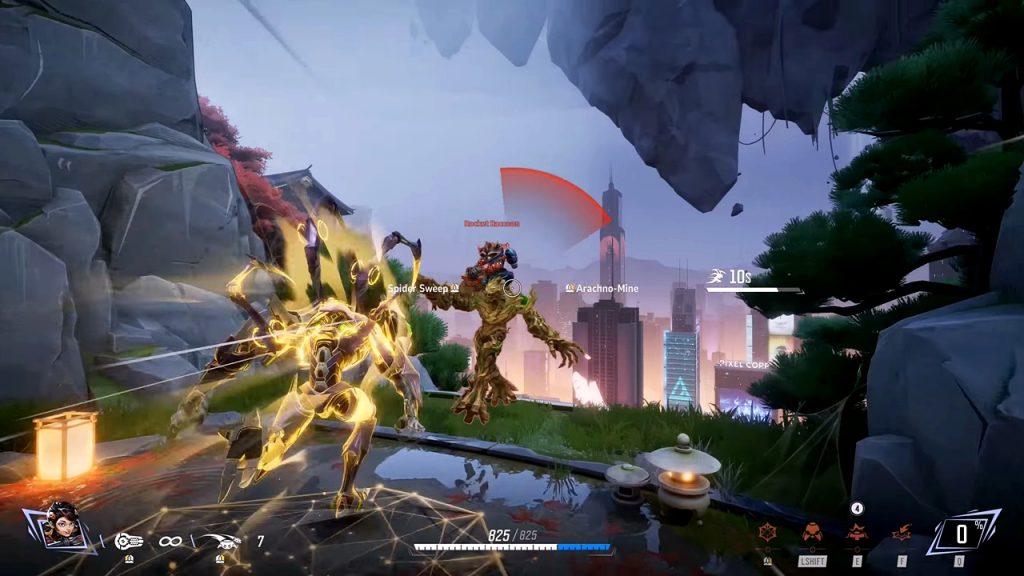When Overwatch first introduced Orisa in 2017, she was meant to be a beacon of innovation in the tank roster. Former game director Jeff Kaplan and the team at Blizzard had high hopes for their mechanical guardian, designing her as a strategic anchor point that would revolutionize the way teams approached defense.

Fast forward to 2025, and Orisa has become something entirely different in Overwatch 2. What was once a calculated addition to the roster has evolved—or perhaps devolved—into one of the most contentious heroes in the game’s history. The transformation has been so dramatic that it’s hard to believe this is the same character Kaplan once proudly championed.
Looking back at Kaplan’s early comments about Orisa, it’s clear that somewhere along the line, things took an unexpected turn. And while he may have dismissed early criticism, the community’s initial concerns have proven remarkably prescient.

Orisa was introduced as Blizzard’s answer to a pressing need in Overwatch‘s tank roster. The team wanted a hero that could provide an alternative to Reinhardt’s shield-based gameplay while maintaining strategic depth. On paper, her kit seemed perfect: a protective barrier, crowd control abilities, and sustained damage output that would reward thoughtful positioning and team coordination.
In a 2017 interview with Vice, Kaplan couldn’t contain his enthusiasm about Orisa’s release:
Orisa was our best hero release to date: In regard to the announcement, the engagement players had with the announcement, and the timing of the announcement, I think it went really well.
But when players raised concerns about her design, Kaplan was quick to dismiss them:
We’re in what I call the ‘Ana state’…where the community is claiming that she’s underpowered and I’m not sure that she is.
Fast forward to today, and those early doubts have manifested in ways nobody could have predicted. Overwatch 2‘s rework of Orisa has transformed her from a tactical anchor into what many players describe as an “uninteractive nightmare.” Her current iteration, with its seemingly endless Fortify uptime and oppressive crowd control, stands in stark contrast to the game’s promised direction of reducing such mechanics.
Comment
byu/BlueSparksFly from discussion
inOverwatch
The irony of Kaplan’s defense becomes even more apparent when you consider his original vision:
With Orisa, what I think is going on is that she’s very new and there are a lot of non-tank players using her. Some of these non-tank players have a perception of tanks that is not true, i.e. that you can survive anything.
The disconnect between Kaplan’s vision and reality couldn’t be more stark. While the team was focused on preventing players from being too aggressive with Orisa, they inadvertently created a hero whose defensive capabilities would become the very source of frustration for years to come.

The impact of Orisa’s controversial design extends beyond just Overwatch 2. In an interesting twist of fate, Marvel Rivals, a game that has otherwise learned from and improved upon many of Overwatch 2‘s missteps, seems to have stumbled into the same trap with their D.Va-like Vanguard hero, Peni Parker. The character’s kit bears striking similarities to Orisa, and players are already expressing familiar frustrations.
Kaplan’s final recorded thoughts on Orisa now read like an unintentional prophecy:
I’m watching a lot of the Orisa players be a little bit overly aggressive. I think it needs to settle down a little bit and for us to see people really master her and understand that just because we label her a tank, that doesn’t mean you can just sit and take Soldier: 76’s gun to the face.
The problem isn’t that players haven’t mastered her—it’s that they have, all too well. In the hands of a skilled player, modern Orisa has become exactly what the early critics feared: a hero that can, indeed, “just sit and take” whatever the enemy throws at her, while dishing out devastating damage in return.
What are your thoughts on Orisa’s evolution from her original design to her current state? Do you think the concerns Kaplan dismissed were justified? Share your experiences in the comments below!
#Jeff #Kaplan #Refused #Accept #Credible #Criticism #Overwatchs #Controversial #Tank #Hero


